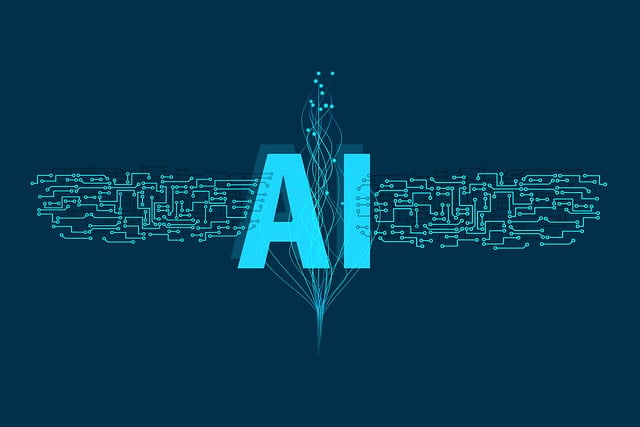Use of AI on testing
Use of AI on testing

AI (Artificial Intelligence) is increasingly being used in software testing to improve efficiency, accuracy, and effectiveness. Here are several ways AI is applied in testing:
Test Automation:
- Script Generation: AI can generate test scripts automatically by analyzing application interfaces, requirements, and user behaviors. Tools like Test.ai and Functionize use machine learning to create and maintain test scripts.
- Self-healing Tests: AI-driven test automation tools can automatically update test scripts to adapt to changes in the application, reducing maintenance efforts.
Test Data Generation:
- Dynamic Test Data: AI algorithms can generate diverse and realistic test data to ensure thorough testing. This helps in identifying potential issues under various scenarios.
- Data Masking: AI can be used to automatically mask sensitive information in test environments to comply with privacy regulations.
Defect Prediction:
- Anomaly Detection: Machine learning models can analyze historical data to identify patterns and anomalies, predicting potential areas where defects might occur. This helps in focusing testing efforts on high-risk areas.
- Code Analysis: AI tools can analyze code changes and predict potential defects by identifying patterns and common coding mistakes.
Test Execution Optimization:
- Risk-based Testing: AI can assist in prioritizing test cases based on the risk profile of different features or modules, ensuring that critical areas are thoroughly tested.
- Test Suite Optimization: Machine learning algorithms can optimize test suites by identifying redundant or unnecessary test cases, reducing execution time without compromising coverage.
Natural Language Processing (NLP):
- Requirements Analysis: AI-powered tools can analyze natural language requirements and convert them into test cases, ensuring alignment between development and testing teams.
- Chatbots for Testing Queries: AI-driven chatbots can answer queries related to testing, providing instant support to testing teams.
Performance Testing:
- Load Prediction: AI can predict and simulate various user loads to test the performance of applications under different conditions.
- Root Cause Analysis: AI tools can analyze performance testing results to identify the root causes of performance issues.
Visual Testing:
- Visual Validation: AI can perform visual testing by comparing screenshots or visual elements to identify discrepancies, ensuring the visual integrity of the application.
Continuous Testing:
- Continuous Integration/Continuous Deployment (CI/CD): AI is integrated into CI/CD pipelines to automate testing processes, providing rapid feedback on code changes.
In summary, AI is revolutionizing software testing by automating repetitive tasks, enhancing test coverage, and improving the overall quality of software products. The integration of AI in testing processes contributes to faster releases, reduced costs, and increased reliability.
